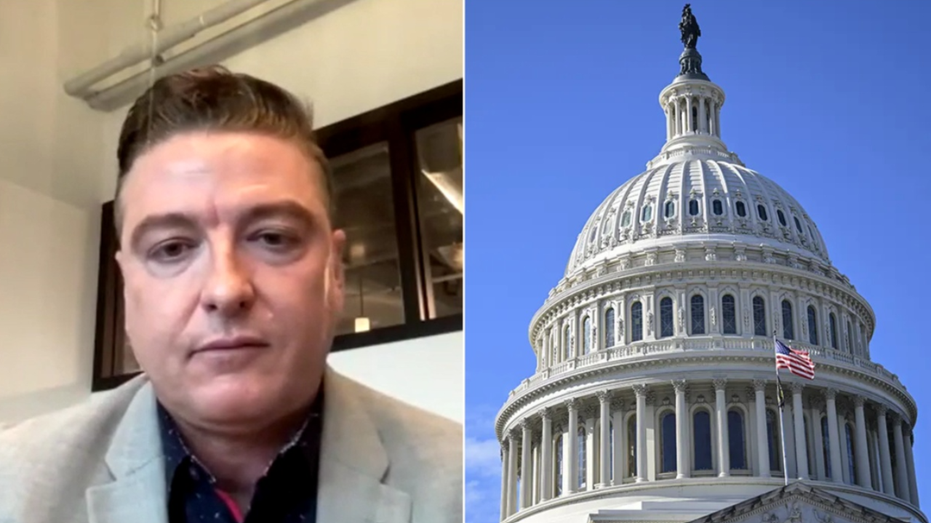Expert Reveals 'Perfect Solution' to Federal Hiring Challenges Raising National Security Concerns
SkillStorm CEO discusses innovative tech solutions to overcome federal hiring challenges amid rising obstacles.

Staffing challenges in critical technological roles remain a persistent issue for the federal government, raising both operational and national security concerns. Despite decades of recognition by oversight entities, including long-standing warnings from watchdog agencies, these skill gaps have proven difficult to close. According to SkillStorm CEO Justin Vianello, the heart of the problem lies within an outdated procurement and hiring process that can stretch out for years, ultimately leaving agencies scrambling to rapidly fill positions in a fraction of that time once contracts are finally awarded.
Vianello emphasized that this sluggish approach not only hinders the government’s ability to respond to evolving threats but also hampers strategic IT transformation efforts. “The process is inefficient and somewhat outdated,” he remarked, pointing to the irony that after protracted award cycles, agencies still expect companies to deploy skilled teams with little notice. The result, he argues, is an environment where both government missions and vendor partners are set up to fail.
To address these challenges, SkillStorm has invested heavily in its Performance Acceleration Center for Excellence, a comprehensive training and deployment infrastructure tailored to rapidly upskill American workers for high-demand tech roles. Vianello described how the company recruits talent, provides paid training over 10 to 16 weeks, supports team members as they earn certifications, and then deploys them to government projects. "We take all the risk up front," Vianello said, explaining that SkillStorm recoups its investment on an hourly billing model after placing trainees in roles.
This model, he explained, not only creates a reliable source of talent specifically built around agency needs, but also aims to resolve a mounting national security risk: the shortage of qualified cybersecurity professionals. With more than 500,000 unfilled cybersecurity positions reported nationwide as of early 2025, Vianello warned that failure to modernize both the hiring process and training pathways could leave the nation vulnerable. He called for changes to federal procurement rules to allow companies sufficient time—two to four months—to assemble custom-trained teams, instead of the current expectation of near-instant deployment.
Another significant hurdle involves the lengthy security clearance process required for many sensitive roles. Delays here further exacerbate staffing shortfalls, leaving vital systems at risk. "That's absolutely part of it," Vianello acknowledged, tying inefficiencies in onboarding and clearances to wider market issues. He stressed that domestic apprenticeship and upskilling programs, like those developed by SkillStorm, are essential not just for closing skills gaps, but for safeguarding the next generation of innovators and cybersecurity experts.
Former General Services Administration administrator Emily Murphy echoed these concerns, calling outdated onboarding and clearance practices one of the "most serious yet least discussed threats to national security." She advocated for new talent pipelines capable of delivering project-ready, clearance-eligible professionals trained on the latest mission-critical tools. Murphy highlighted SkillStorm’s approach as an example of the smarter, faster solutions urgently needed by agencies tasked with defending the country’s digital infrastructure.
Looking forward, Vianello believes the push for efficiency will accelerate trends toward using contractors and flexible talent pools to deliver key projects, rather than depending solely on traditional full-time hires. He expressed optimism about opportunities for collaboration with reform-minded agencies like the Department of Government Efficiency (DOGE). "We believe there’s going to be more of a push towards efficient contractors coming in and accelerating project delivery," he said, underscoring the need for a procurement system that matches the pace of technological change and attracts the next generation of tech professionals to federal service.




